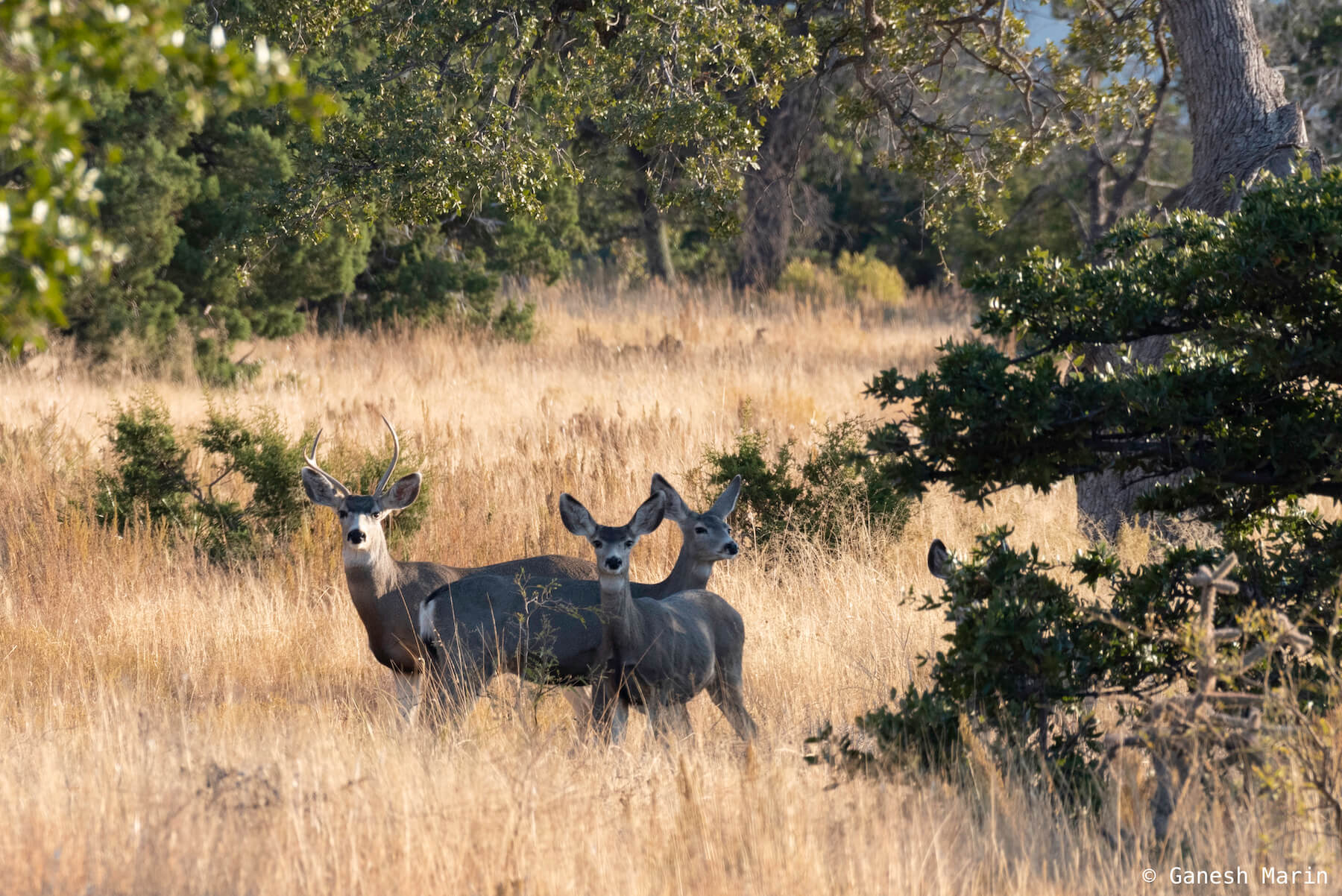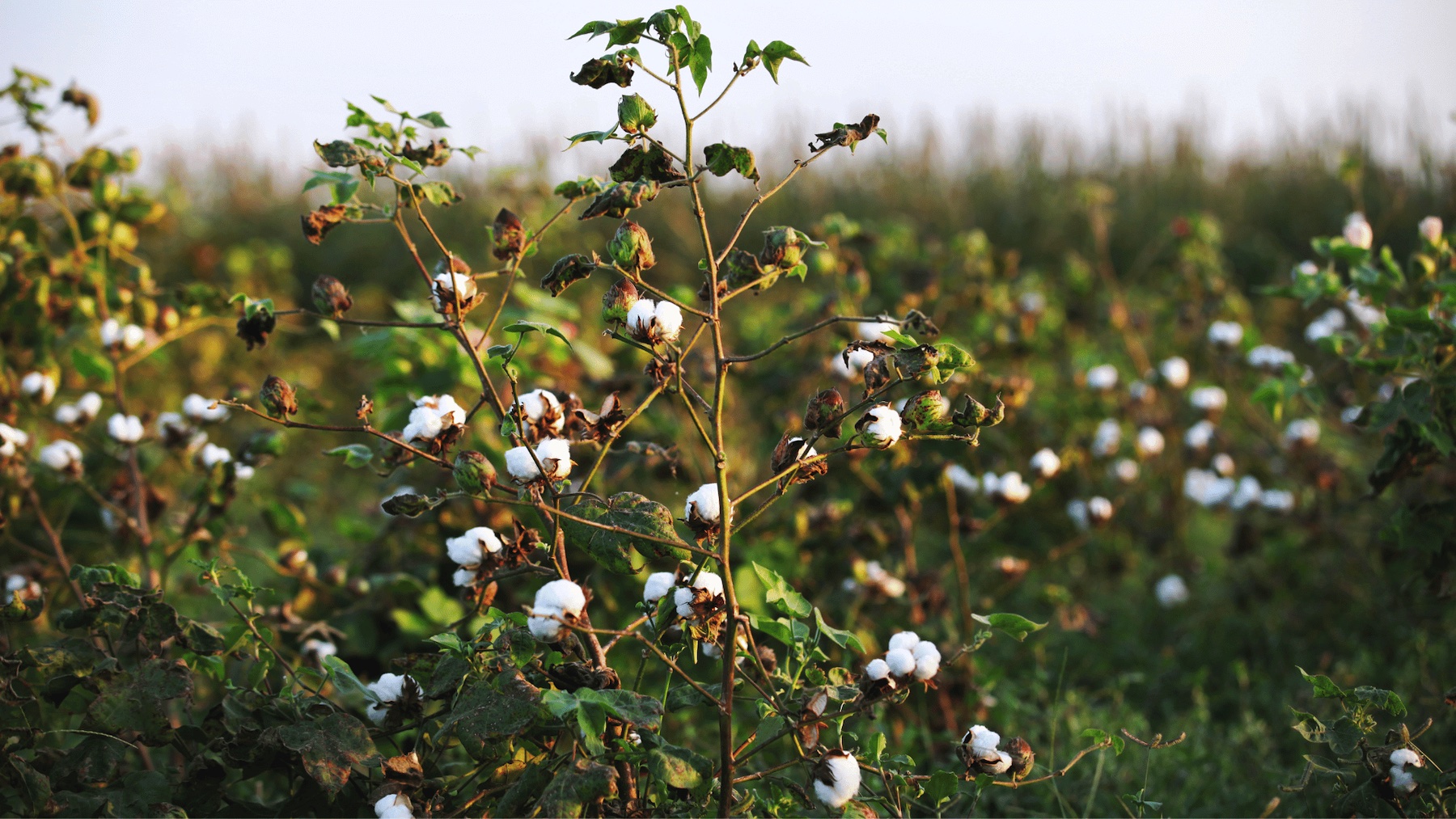desplazamiento

Boomitra’s Grassland Restoration in Northern Mexico project works with ranchers across the Chihuahua and Sonoran Deserts to recarbonize degraded soils. This area is home to some of the world’s most biodiverse grasslands, and our mission is to leverage the power of agtech to ensure their longevity—while sharing carbon finance with those who deserve it most.
This wouldn’t be possible without our 14 partners across northern Mexico. One of these 14 is the nonprofit Cuenca de Los Ojos A.C. (Cuenca). Today, our partnership with Cuenca covers 122,942 acres. To discuss Cuenca’s mission and work, we sat down with José Manuel Pérez Cantú, Cuenca’s Conservation Director, and Ganesh Marin, a doctoral student at the University of Arizona and a National Geographic explorer who researches Cuenca’s land.
José Manuel: The Sierra Madre Occidental is a mountain range that spans five million acres across northeastern Mexico and borders the southern United States. Scientists worldwide recognize this area as a biodiversity hotspot. It is a wildlife corridor that many native species, especially threatened or endangered ones, rely on for migration. For more than 30 years, Cuenca has conserved and restored this border region’s ecosystems.
Cuenca’s mission is to protect, restore, and rewild biodiversity in the borderlands, by building resilient landscapes and healthy, functioning watersheds. At Cuenca, we aim to conserve all native communities: plants, animals, and humans.
To do so, we prioritize water management and soil health. Cuenca reserve managers are restoring the land’s original water permeability by building stone structures, including gabions, trenches, stone walls, plugs, and berms. These structures reduce erosion and replenish the water table. Over time wetlands and streams are formed which provide water sources for fauna within our reserve and serve as nesting grounds for migratory species.
We use holistic and integrated land management strategies, creating biodiverse ecosystems that are both resilient and productive. Recently, we introduced cattle and rotational grazing to prevent desertification. This practice, called regenerative cattle ranching, revitalizes soil fertility and balances nutrient, energy, and water cycles. It enhances pasture health, which in turn supports wildlife habitat restoration and combats erosion. We also reintroduced native grass seeds to recover the native habitat and have seen native birds and other organisms return. Nurturing healthy soils and water systems is fundamental to supporting biodiversity and resilience.
José Manuel: Habitat fragmentation across the US-Mexico border region threatens native animals and destabilizes the native ecosystem. We’re working to create robust biological corridors so that wildlife can safely flow between the Sierra Madre Occidental and the Sky Islands.
We’re committed to adding new lands under our protection, increasing safe habitat for migratory native animals. Our long-term plan is to continue restoration efforts in arid and riparian lands, restore 85% of the San Bernardino Cienega, along with other targeted areas, and maintain ongoing scientific research and specialized technical collaboration.
Ganesh: Cuenca de Los Ojos fosters scientific research through the collaborative Borderlands Ecology and Applied Research (BEAR) Project.
Historically, native wildlife like jaguars, bears, and mountain lions migrated across what are today the borderlands. Now, human-constructed barriers blockade passageways. These unique animal populations are declining.
This is where BEAR comes in. The project manages borderland wildlife, promoting biodiversity and connectivity while mitigating the negative effects of human activity. BEAR aims to:
1. Determine how and when the mammals are crossing the Federal Highway and the border wall.
2. Assess the change in the biodiversity and habitat use of mammals associated with the Cajon Bonito Creek, the highway, and the border wall in the landscape.
3. Identify priority sites for management and mitigation activities that ensure and facilitate the movement of black bears and other vagile mammals in the region. Since 2020, BEAR has installed over 100 camera traps across all the ecosystems of CLO, monitoring bat communities using infrasonic recorders and capturing black bears to track their movements.
BEAR cameras around Cajon Bonito stream have detected at least 52 terrestrial mammal species, including endangered animals like the ocelot, jaguar, black bear, and beaver. We have seen canyon bats, big Brown bats, and Pallid bats. As Cuenca restored water retention and soil health, biodiversity has thrived, and the BEAR team is documenting how these species use the protected and restored habitats.
José Manuel: Many of Cuenca’s activities sequester carbon. Being part of the growing carbon market provides us with the resources and funds necessary for the longevity and continuity of our work. Through increasing soil carbon and earning carbon finance, we can continue protecting and regenerating our 122,942 acres of land while scaling our work throughout the region, in favor of biodiversity.
Interested in making a difference? Explore opportunities to purchase carbon credits or partner on projects like those with Cuenca de Los Ojos.



Wildlife photos taken at Cuenca de Los Ojos by Ganesh Marin.



